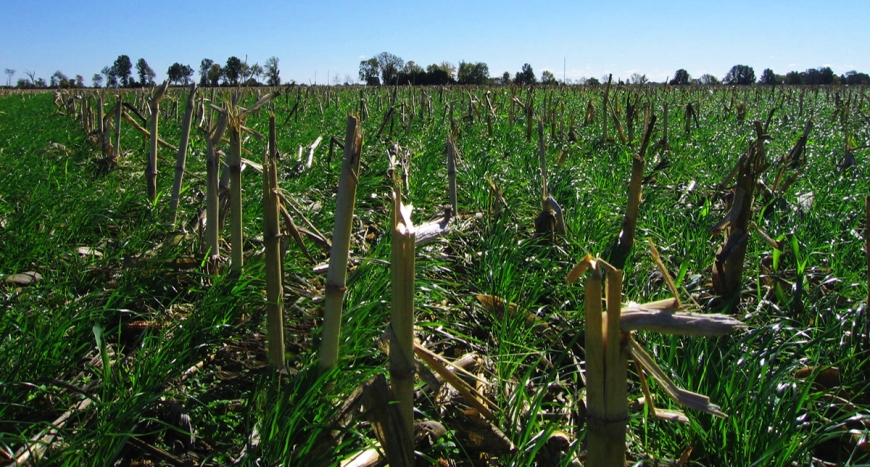In Oregon, the Democratically led legislature is trying to pass a bill that would pay overtime to farm workers for the first time. Despite frequently putting in overtime year-round, worker have never received time-and-a-half for hours worked beyond 40 per week.
A sign of fairness? A sign of inflation? As you might expect, employers are not happy with the prospect of more wages, on top of everything else that seems to be more expensive.
Speaking of inflation…fertilizer prices went up 200 to 300 percent in one year! What the heck is going on?
News today about a Congressional investigation into the astronomical increases in nitrogen and other fertilizers hit like a ton of rocks. Inflation in drug prices, land values and more have been constant. But 300 percent?
No doubt the cost of farming is going up, and there’s no guarantee that commodity prices will consistently follow that trend.
What’s a farmer to do about these rising prices if you’re wanting to hang in there, perhaps see the acreage being managed by your kids or grandkids?
Remember the slogan from the Goldrush days: “Eureka, We Hit Paydirt!”

Well, it’s becoming abundantly clear that annual ryegrass and other cover crops creat pay dirt. Here are the ways:
- stops erosion
- increases microbiology activity
- increases organic matter
- reduces annual weeds
- sequesters nitrogen
- improves crop yields
- improves rooting depth in compacted soil
- fattens your wallet!
It’s this last piece that should interest you the most. Because with the cost of N going through the roof, you can significantly reduce N inputs with annual ryegrass by itself, or in combination with other cover crop seed.
Planting a cover crop for the first time takes patience and a bit of money. But the investment will pay dividends immediately in a dry year and will continue to build value in the soil, without so many inputs.
Click here for more information on managing annual ryegrass.
Click here to watch some videos on annual ryegrass management and benefits.

